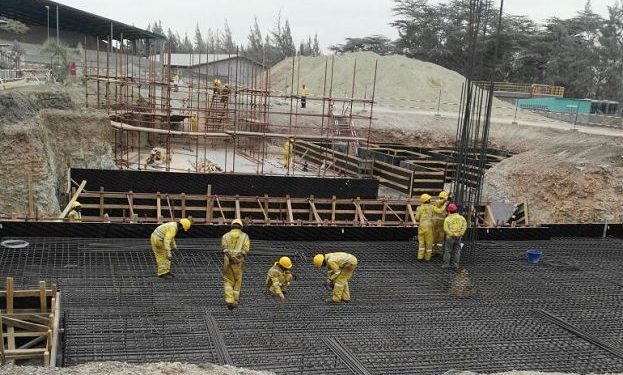The Architectural Association of Kenya (AAK) and the Kenya Private Developers Association (KPDA) are crying foul over delays in the issuance of e-construction permits.
The E-construction Permit Systems has not been working as expected in various counties thus affecting projects in the building and construction sector.
There is inadequate personnel in most counties; Nairobi, Kisumu, Kiambu, and Mombasa leading to more delays and a review of documents by non-professionals. Furthermore, many counties lack proper communication channels forcing developers to make trips to the DC offices to check on the status of their applications.
For instance, in Nairobi county the system experienced hitches and eventually collapsed as the county government parted ways with the service provider – Jambo Pay – as a result, the Nairobi County is yet to process any permits within the last two months.
Financial burden
Slow permit issuance –taking 3 months to 2 years – is causing a financial burden to developers who rely on bank financing for their construction projects and negatively affects the ease of doing business. On top of that, there are inconsistencies in the fees charged for approvals in the various counties.
Knight Frank Kenya Market update report for the first half of 2019 showed that the value of building plans approved in Nairobi county decreased to Sh48.54 billion in Q1, a 19.2% drop from Sh60.11 billion in a similar period in 2018.
Furthermore, the delays pose a danger to public safety due to substandard buildings and unregulated developments becoming the norm.
Recommendation
KPDA director alluded that the construction industry requires a one-stop-shop for processing all construction permits to reduce the time to issue development permits.
There is need to redesign the current e-permitting system to a one-stop-shop that would integrate all the agencies involved in a central database management system to be managed at a national level.
In addition, to ensure efficiency, minimal human interactions, and adherence to building and planning standards the one-stop-shop should come complete with QR codes in place of the manual stamps.




